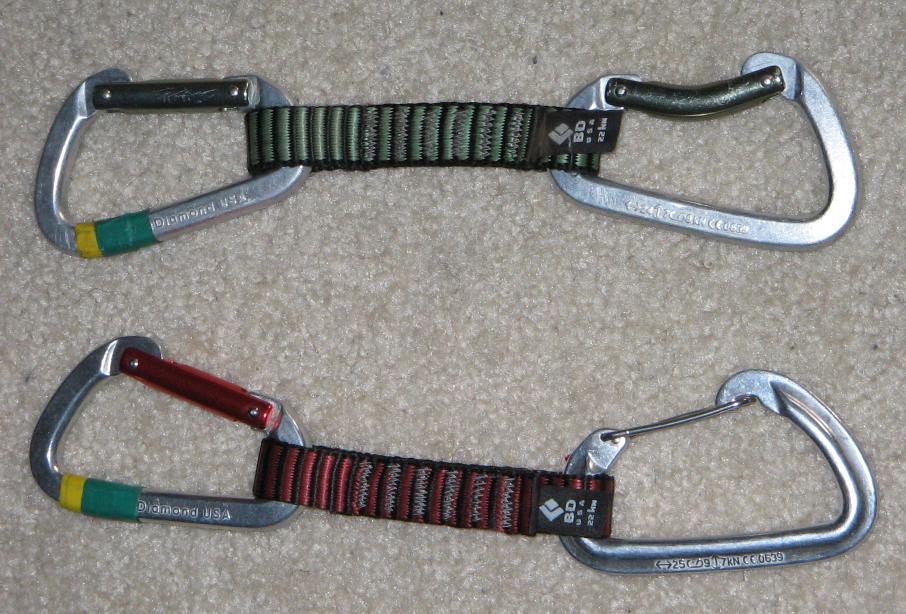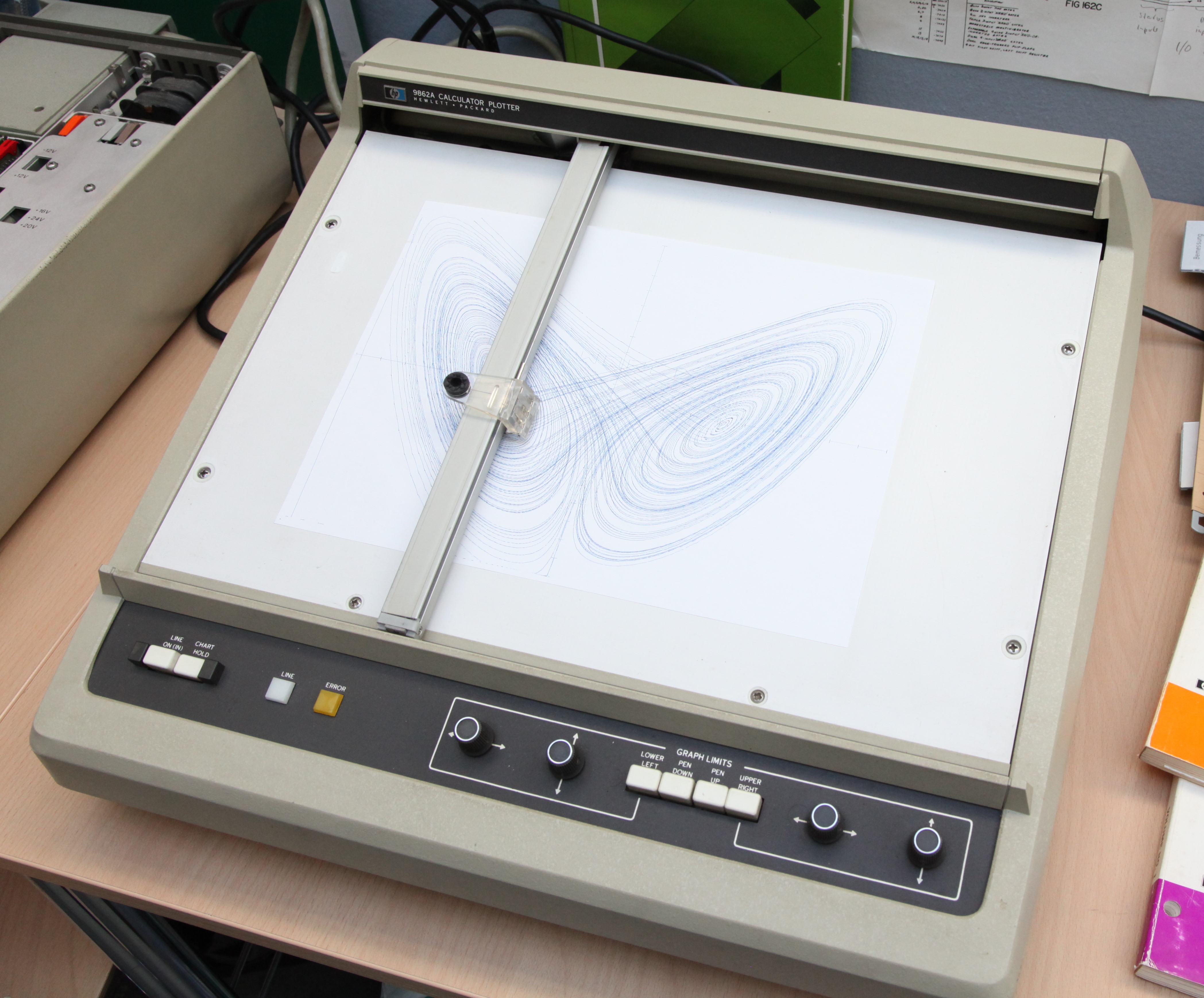|
Claris CAD
Claris CAD was a two-dimensional computer-aided design program for Apple Inc. Macintosh. History Claris CAD was developed in 1988 by Claris Corporation in a joint effort with Craig S. Young of Computer Aided Systems for Engineering (CASE). It was based on MacDraw II and Young's earlier CAD application, ''EZ-Draft''.Young, Craig S. "A Few Thoughts on Claris CAD from its Developer: Craig Young of CASE." Introduction. ''Technical Drawing with Claris CAD''. By James K. Anders. ScottForesman, 1991. xi-xiii. Version 1 was released in 1989 for Macintosh computers running System Software 6 or later. The initial releases were plagued with bugs, especially with the bundled plotter driver. Development halted in June 1991 with the release of version 2.0.3. Currently, Claris CAD can be run on older Macintoshes using the "Classic" emulator included by Apple in Mac OS X 10.4.11 or older, or on current machines using the SheepShaver open-source "Classic" emulator (tested through Mac OS X 10.7). F ... [...More Info...] [...Related Items...] OR: [Wikipedia] [Google] [Baidu] |
Claris
Claris International Inc., formerly FileMaker Inc., is a computer software development company formed as a subsidiary company of Apple Computer (now Apple Inc.) in 1987. It was given the source code and copyrights to several programs that were owned by Apple, notably MacWrite and MacPaint, in order to separate Apple's application software activities from its hardware and operating systems activities. In 1998, the company divested itself of all but its flagship product, and reformed as FileMaker Inc. In 2019, FileMaker Inc. announced at DevCon that it was restoring the Claris brand name. Also in 2019, Claris acquired Italian startup, Stamplay, a cloud-based integration platform which connects web services like Dropbox and Slack without writing code, and announced they would rename their product offering as Claris Connect. The company develops, supports and markets the relational database program FileMaker. The FileMaker Platform is available for the macOS, Microsoft Windows ... [...More Info...] [...Related Items...] OR: [Wikipedia] [Google] [Baidu] |
British Standards
British Standards (BS) are the standards produced by the BSI Group which is incorporated under a royal charter and which is formally designated as the Standards organization#National standards bodies, national standards body (NSB) for the UK. The BSI Group produces British Standards under the authority of the charter, which lays down as one of the BSI's objectives to: Formally, as stated in a 2002 memorandum of understanding between the BSI and the United Kingdom Government, British Standards are defined as: Products and services which BSI certifies as having met the requirements of specific standards within designated schemes are awarded the Kitemark. History BSI Group began in 1901 as the ''Engineering Standards Committee'', led by James Mansergh, to standardize the number and type of steel sections, in order to make United Kingdom, British manufacturers more efficient and competitive. Over time the standards developed to cover many aspects of tangible engineering, and the ... [...More Info...] [...Related Items...] OR: [Wikipedia] [Google] [Baidu] |
IGES
The Initial Graphics Exchange Specification (IGES) is a vendor-neutral file format that allows the digital exchange of information among computer-aided design (CAD) systems. It's an ASCII-based textual format. The official title of IGES is ''Digital Representation for Communication of Product Definition Data'', first published in March, 1980 by the U.S. National Bureau of Standards as NBSIR 80-1978. Many documents (like early versions of the Defense Standards MIL-PRF-28000 and MIL-STD-1840) referred to it as ASME Y14.26M, the designation of the ANSI committee that approved IGES Version 1.0. Using IGES, a CAD user can exchange product data models in the form of circuit diagrams, wireframe, freeform surface or solid modeling representations. Applications supported by IGES include traditional engineering drawings, models for analysis, and other manufacturing functions. History IGES was an initiative of the United States Air Force (USAF) Integrated Computer Aided Manufacturing (IC ... [...More Info...] [...Related Items...] OR: [Wikipedia] [Google] [Baidu] |
Numerical Control
Numerical control (also computer numerical control, and commonly called CNC) is the automated control of machining tools (such as drills, lathes, mills, grinders, routers and 3D printers) by means of a computer. A CNC machine processes a piece of material (metal, plastic, wood, ceramic, or composite) to meet specifications by following coded programmed instructions and without a manual operator directly controlling the machining operation. A CNC machine is a motorized maneuverable tool and often a motorized maneuverable platform, which are both controlled by a computer, according to specific input instructions. Instructions are delivered to a CNC machine in the form of a sequential program of machine control instructions such as G-code and M-code, and then executed. The program can be written by a person or, far more often, generated by graphical computer-aided design (CAD) or computer-aided manufacturing (CAM) software. In the case of 3D printers, the part to be printed is ... [...More Info...] [...Related Items...] OR: [Wikipedia] [Google] [Baidu] |
QuickDraw
A quickdraw (also known as an extender) is a piece of climbing equipment used by rock and ice climbers to allow the climbing rope to run freely through protection such as a bolt anchors or other traditional gear while leading. A quickdraw consists of two carabiner A carabiner or karabiner () is a specialized type of shackle, a metal loop with a spring-loaded gate used to quickly and reversibly connect components, most notably in safety-critical systems. The word is a shortened form of ''Karabinerhaken'' ...s connected by a semi-rigid material (sometimes called the "dogbone"). One carabiner has a straight gate and connects to an anchoring device. The other carabiner is for the climbing rope, and uses a bent gate. Quickdraws are manufactured with either a solid carabiner gate or a wire carabiner gate for its lighter weight. Use A quickdraw is a specific type of runner. Runners are used by rock and ice climbers to extend the distance between an anchoring device and the ... [...More Info...] [...Related Items...] OR: [Wikipedia] [Google] [Baidu] |
Sheepshaver
SheepShaver is an open-source PowerPC Apple Macintosh emulator originally designed for BeOS and Linux. The name is a play on ShapeShifter, a Macintosh II emulator for AmigaOS (made obsolete by Basilisk II). The ShapeShifter and SheepShaver projects were originally conceived and programmed by Christian Bauer. However, currently, the main developer behind SheepShaver is Gwenolé Beauchesne. History SheepShaver was originally commercial software when first released in 1998, but after the demise of Be Inc., the maker of BeOS, it became open source in 2002. It can be run on both PowerPC and x86 systems; however, it runs more slowly on an x86 system than on a PowerPC system, because of the translation between the PowerPC and Intel x86 instruction sets. SheepShaver has also been ported to Microsoft Windows. As a free software, a few variants exist to simplify the installation process on Intel-based Macs: * ‘Sheep Shaver Wrapper’ is built off of Sheep Shaver but it does some of the ... [...More Info...] [...Related Items...] OR: [Wikipedia] [Google] [Baidu] |
Orthographic Projection
Orthographic projection (also orthogonal projection and analemma) is a means of representing Three-dimensional space, three-dimensional objects in Two-dimensional space, two dimensions. Orthographic projection is a form of parallel projection in which all the projection lines are orthogonal to the projection plane, resulting in every plane of the scene appearing in affine transformation on the viewing surface. The obverse of an orthographic projection is an oblique projection, which is a parallel projection in which the projection lines are ''not'' orthogonal to the projection plane. The term ''orthographic'' sometimes means a technique in multiview projection in which principal axes or the planes of the subject are also parallel with the projection plane to create the ''primary views''. If the principal planes or axes of an object in an orthographic projection are ''not'' parallel with the projection plane, the depiction is called ''axonometric'' or an ''auxiliary views''. (''A ... [...More Info...] [...Related Items...] OR: [Wikipedia] [Google] [Baidu] |
Floor Plan
In architecture and building engineering, a floor plan is a technical drawing to scale, showing a view from above, of the relationships between rooms, spaces, traffic patterns, and other physical features at one level of a structure. Dimensions are usually drawn between the walls to specify room sizes and wall lengths. Floor plans may also include details of fixtures like sinks, water heaters, furnaces, etc. Floor plans may include notes for construction to specify finishes, construction methods, or symbols for electrical items. It is also called a ''plan'' which is a measured plane typically projected at the floor height of , as opposed to an ''elevation'' which is a measured plane projected from the side of a building, along its height, or a section or ''cross section'' where a building is cut along an axis to reveal the interior structure. Overview Similar to a map, the orientation of the view is downward from above, but unlike a conventional map, a plan is drawn at a part ... [...More Info...] [...Related Items...] OR: [Wikipedia] [Google] [Baidu] |
Plotter
A plotter is a machine that produces vector graphics drawings. Plotters draw lines on paper using a pen, or in some applications, use a knife to cut a material like vinyl or leather. In the latter case, they are sometimes known as a cutting plotter. In the past, plotters were used in applications such as computer-aided design, as they were able to produce line drawings much faster and of a higher quality than contemporary conventional printers. Smaller desktop plotters were often used for business graphics. Printers with graphics capabilities took away some of the market by the early 1980s, and the introduction of laser printers in the mid-1980s largely eliminated the use of plotters from most roles. Plotters retained a niche for producing very large drawings for many years, but have now largely been replaced by wide-format conventional printers. Cutting plotters remain in use in a number of industries. Overview Digitally controlled plotters evolved from earlier fully analog ... [...More Info...] [...Related Items...] OR: [Wikipedia] [Google] [Baidu] |
Hewlett-Packard
The Hewlett-Packard Company, commonly shortened to Hewlett-Packard ( ) or HP, was an American multinational information technology company headquartered in Palo Alto, California. HP developed and provided a wide variety of hardware components, as well as software and related services to consumers, small and medium-sized businesses ( SMBs), and large enterprises, including customers in the government, health, and education sectors. The company was founded in a one-car garage in Palo Alto by Bill Hewlett and David Packard in 1939, and initially produced a line of electronic test and measurement equipment. The HP Garage at 367 Addison Avenue is now designated an official California Historical Landmark, and is marked with a plaque calling it the "Birthplace of 'Silicon Valley'". The company won its first big contract in 1938 to provide test and measurement instruments for Walt Disney's production of the animated film ''Fantasia'', which allowed Hewlett and Packard to formally esta ... [...More Info...] [...Related Items...] OR: [Wikipedia] [Google] [Baidu] |
Japanese Industrial Standards
are the standards used for industrial activities in Japan, coordinated by the Japanese Industrial Standards Committee (JISC) and published by the Japanese Standards Association (JSA). The JISC is composed of many nationwide committees and plays a vital role in standardizing activities across Japan. History In the Meiji era, private enterprises were responsible for making standards, although the Japanese government too had standards and specification documents for procurement purposes for certain articles, such as munitions. These were summarized to form an official standard, the Japanese Engineering Standard, in 1921. During World War II, simplified standards were established to increase matériel output. The present Japanese Standards Association was established in 1946, a year after Japan's defeat in World War II. The Japanese Industrial Standards Committee regulations were promulgated in 1946, and new standards were formed. The Industrial Standardization Law was enacted ... [...More Info...] [...Related Items...] OR: [Wikipedia] [Google] [Baidu] |





